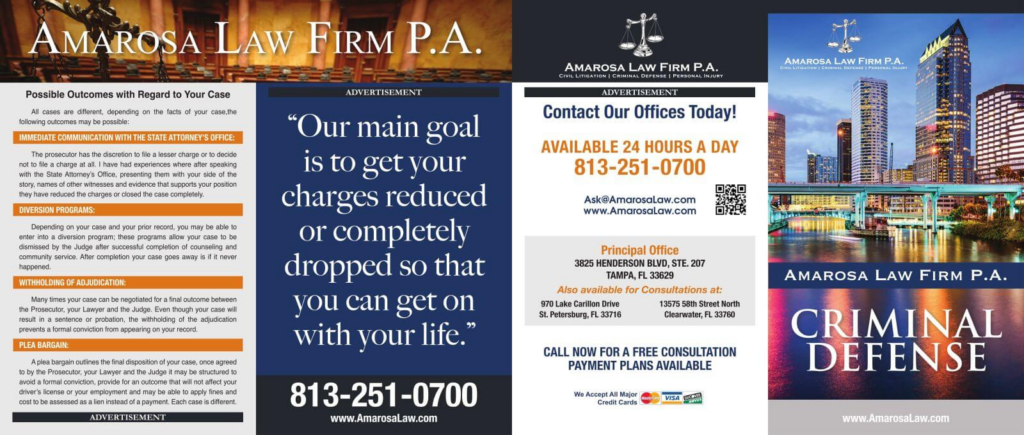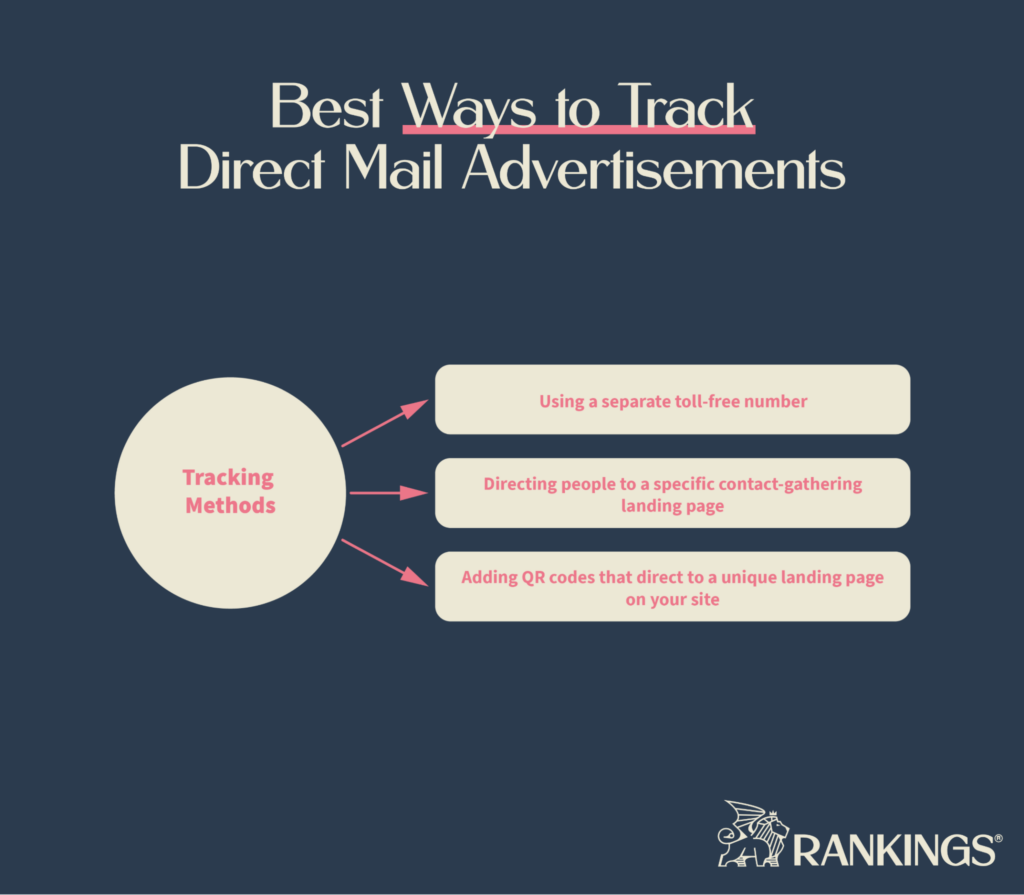Choosing the right mix of marketing channels and tactics is vital for success as a lawyer. Among the tactics to choose from is direct mail marketing.
Direct mail is one of the oldest marketing opportunities available to lawyers. It can still work in certain markets, but it’s best used as a supplement to other law firm marketing efforts.
If you want to get the best ROI for your direct mail campaign, follow these tips.
Does Direct Mail Marketing Work for Attorneys?
In some cases, direct mail can work for lawyers. As with all aspects of a traditional or digital marketing campaign, it depends on your targeting and messaging.
The only way to make an impact with direct mail is to design a piece that stands out. Up to 44% of direct mail is thrown away unopened.
To combat this, you need something that stands out. For example, a professionally designed postcard with bright colors and clear messaging.
Direct mail can be good if you’re looking to reach a hyperlocal market. It can also be useful when you work from a list of people who you know are likely to have a legal problem you can help with.
For example, injury lawyers could create a list of people who filed car accident reports recently. A criminal lawyer could generate data from everyone charged with a DUI.
Direct mail with a targeted campaign has upsides, but reporting is still a challenge.
You’ll need to take some advanced steps if you want to accurately track your results. This includes tactics like using a specific phone number, offer, or landing page to make sure you know how new clients found you.
Tips for Direct Mail Marketing
There are a few things that you can do to improve the performance of your direct mail campaigns. By following these tips, you may see positive results from your efforts.
1. Understand the Bar Association’s Rules on Sending Mail
Some bar associations do not allow attorneys to send direct mail or restrict mailers. There may also be specific rules about what you can say in direct mail.
If you’re investing time and money into a direct mail campaign, you need to know that you’re not running afoul of any specific rules. One way to start is by refamiliarizing yourself with your bar association’s lawyer advertising rules.
A general rule of thumb is to avoid unclear or misleading phrases and claims. This is as true of direct mail as it is for any of your other marketing materials.
Limitations may apply based on the people you target with your mailers. For example, Oregon, Washington, D.C., and Washington prohibit any solicitation directed to a person of diminished capacity.
Similarly, New Jersey doesn’t allow direct contact with clients about certain events unless that event is a mass disaster. In those cases, lawyers must abide by a 30-day waiting period before making contact.
2. Generate or Purchase Your Mailing List
There are many places where you can buy lists to use in direct mail marketing for attorneys. Narrow down your list of addresses by looking at demographics for your potential clients, such as neighborhoods, age, or people who own homes.
You can source your mailing list from many different places online. The important part is making sure any company you choose has good reviews.
Your mailer will only be effective if you send a good message to the right group of people. In this case, both quality and quantity are important.
3. Decide On Your Format

The majority of lawyers investing in direct mail advertising use postcards or letters, but these are not your only options. A brochure is a great way to get your name out there as a new law firm, for example. You can build a brochure with the help of a graphic designer or using an online template.
In a brochure, you should include information like:
- The law firm and/or lawyer’s history
- Covered practice areas
- Office locations and contact details
- Your unique value proposition
Postcards are popular because they reduce the risk of someone throwing away an envelope unopened. If you can get a recipient’s attention with a strong postcard, you may get a return on investment as high as 29%.
Postcards work best for communicating short messages. Use an appealing image and an expanded call to action to get the best outcome on a postcard direct mail campaign.

This postcard is clean and simple, focusing on the image and the main marketing message. For an estate planning lawyer with a targeted campaign to people above age 65, this might work well.

A brochure provides more detail than you can cover in a postcard but should still space out the text for readability purposes.

A letter can give more depth into who you are and who you want to help. They’re best used when you’re reaching out to a group of people that you know have a specific legal problem.
The example above involves people accused of reckless driving. It’s highly targeted, and the letter gets across the lawyers’ knowledge of this issue well.
4. Make it Clear and Easy to Read
Work with a professional to design any direct mail materials. Choose an easy-to-read font and concise messaging that still shows how you help people with their legal issues.
Every piece of direct mail should also conclude with a call to action, such as:
- Making a phone call
- Filling out a form
- Signing up for an event
Look over your direct mail piece objectively when you get a first draft. Does it look too busy? Are the colors bold and connected to your branding? Would you throw this item away or flip it over to learn more?
5. Choose How You’ll Send Your Campaign Material
There are two major options for sending your campaign material: USPS Every Door Direct Mail or third-party mailers. Both have their pros and cons.
Every Door Direct Mail is more location-based than what a third-party mailer provides. If you need to hit certain zip codes or neighborhoods, this is the better route to go with.
With a third-party direct mail service, you can narrow your mail down for specific groups of people.
For example, you could target people who have a debtor claim filed against them in county court. Another example would be finding anyone who received a speeding ticket in the past 90 days.
6. Track Responses and Results

Determining whether your campaign got good results is the biggest hurdle with direct mail. Without tracking, it’s hard to tell if a potential client found you through the mailer or some other means.
Because of this challenge, it can be tough to know if the money you put in justifies the volume of responses you get.
The best way to work around this problem is by placing some kind of tracking on the mailer itself. There are a few ways to add tracking on your direct mail advertisement, such as:
- Using a separate toll-free number
- Directing people to a specific contact-gathering landing page
- Adding QR codes on the mailer that direct to a unique landing page on your site
This way, you can get a realistic sense of how many people saw your direct mail and took action after receiving it.
Alternatives to Direct Mail
Direct mail is best as a supplement to ongoing marketing efforts. As part of a broader attorney marketing plan, it can supplement your results. It can even help you grow your numbers with specific case types.
But a direct mail marketing campaign should not be your only way of bringing in new business.
Law firm content marketing through online channels may get you better results. With online marketing, you can reach more people, and better target them.
You can also take advantage of inbound marketing to educate prospective clients. That way, they come to you already familiar with your firm and legal services.
You’re unlikely to be able to use direct mail all the time. You can’t send a mailer every single day, for instance.
But you can always build on your law firm SEO, social media, and PPC efforts. You can post every day on social media, sending messages directly to your target audience. You can cash in on people’s 24-hour search habits by creating SEO content or PPC ads.
You can also get better feedback on your performance through detailed analytics tools. With online marketing, you can watch your reach and rankings grow in real-time.
Deciding if Direct Mail Will Work for You
Direct mail may not make sense for your law firm if you already see good results through your other efforts.
If things like law firm SEO and attorney PPC are paying off for you, you may not need to spend the time or money on a direct mail campaign.
Direct mail is best used as an occasional supplement.
For example, if you have a specific event coming up, direct mail may make sense. Similarly, if you need to reach a group of people in your local area, direct mail can boost your business.
If you’d prefer something more consistent, you may want to consider digital marketing. Inbound marketing can provide compounding results at a steady pace. Direct mail can’t say the same thing.
To learn more, you can check out our guides to law firm marketing, search engine optimization, social media marketing, and more.
The post Direct Mail Marketing for Attorneys: Tips for Success appeared first on Rankings.




